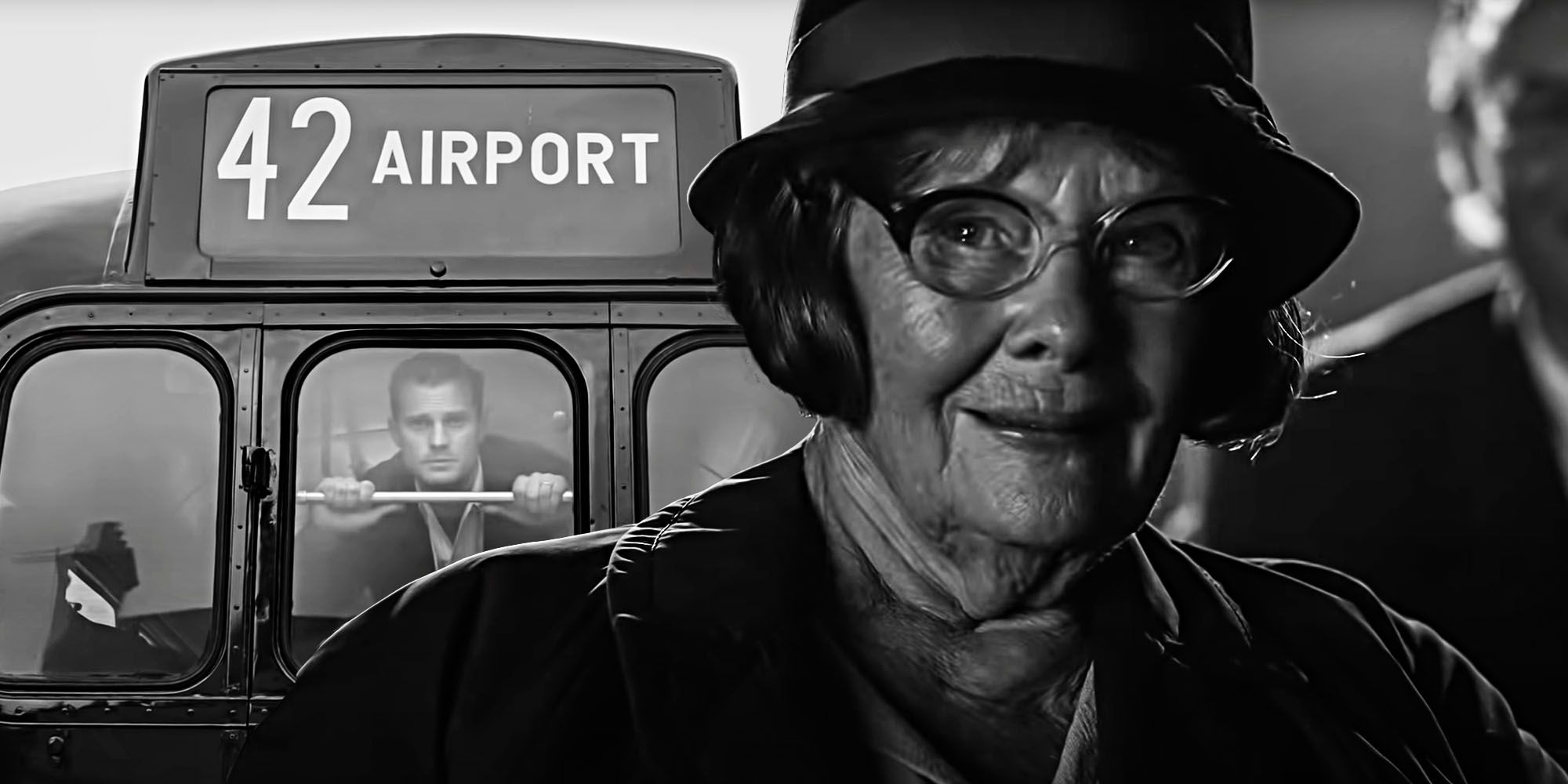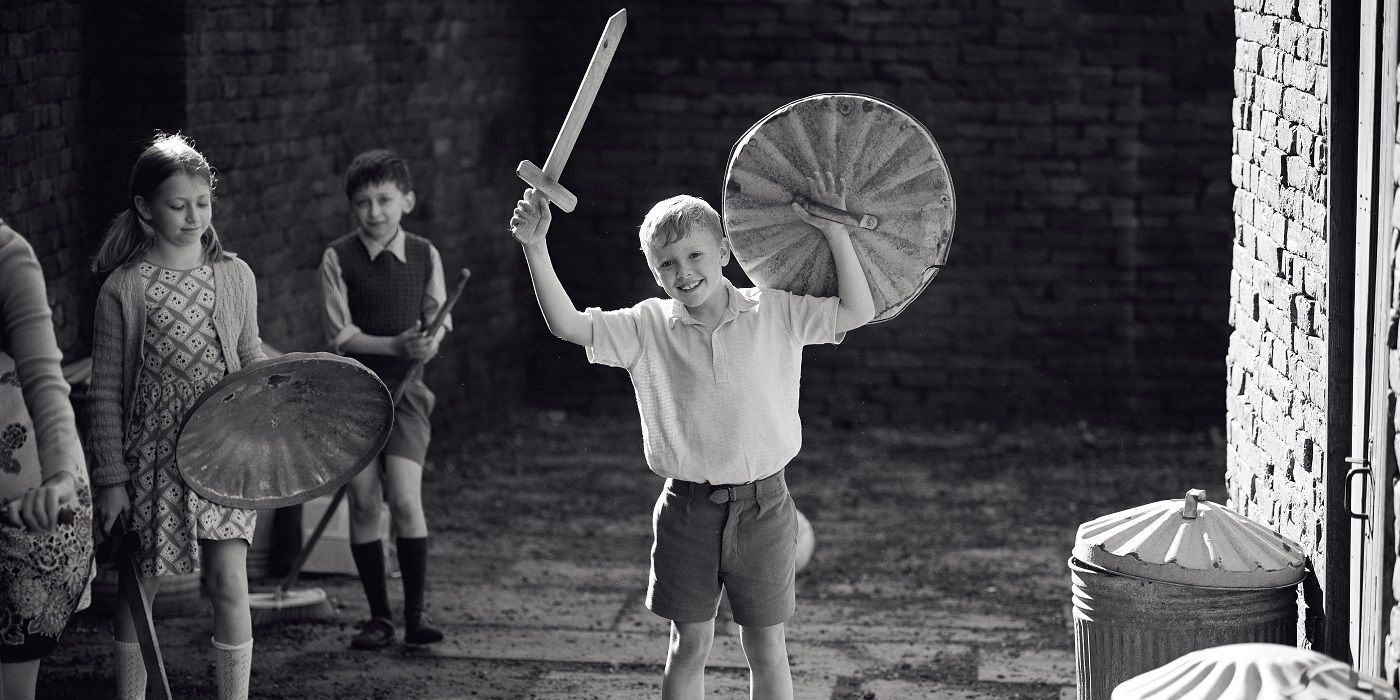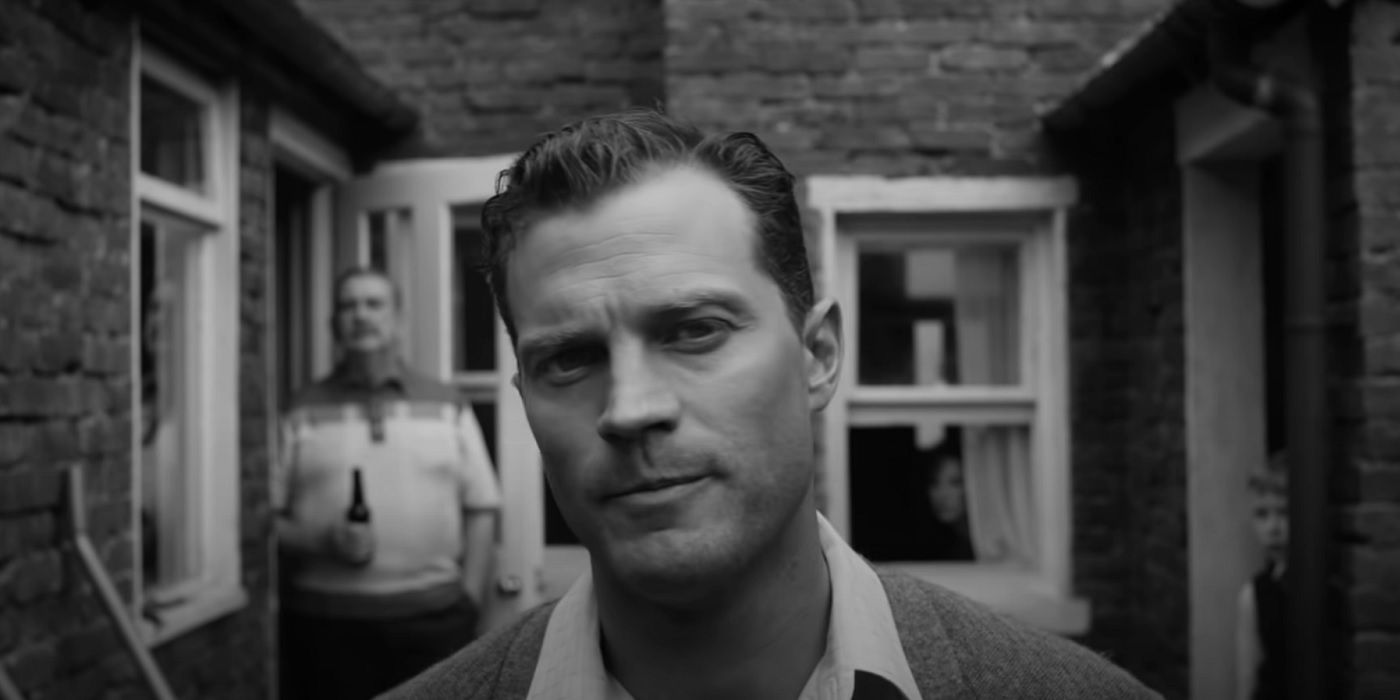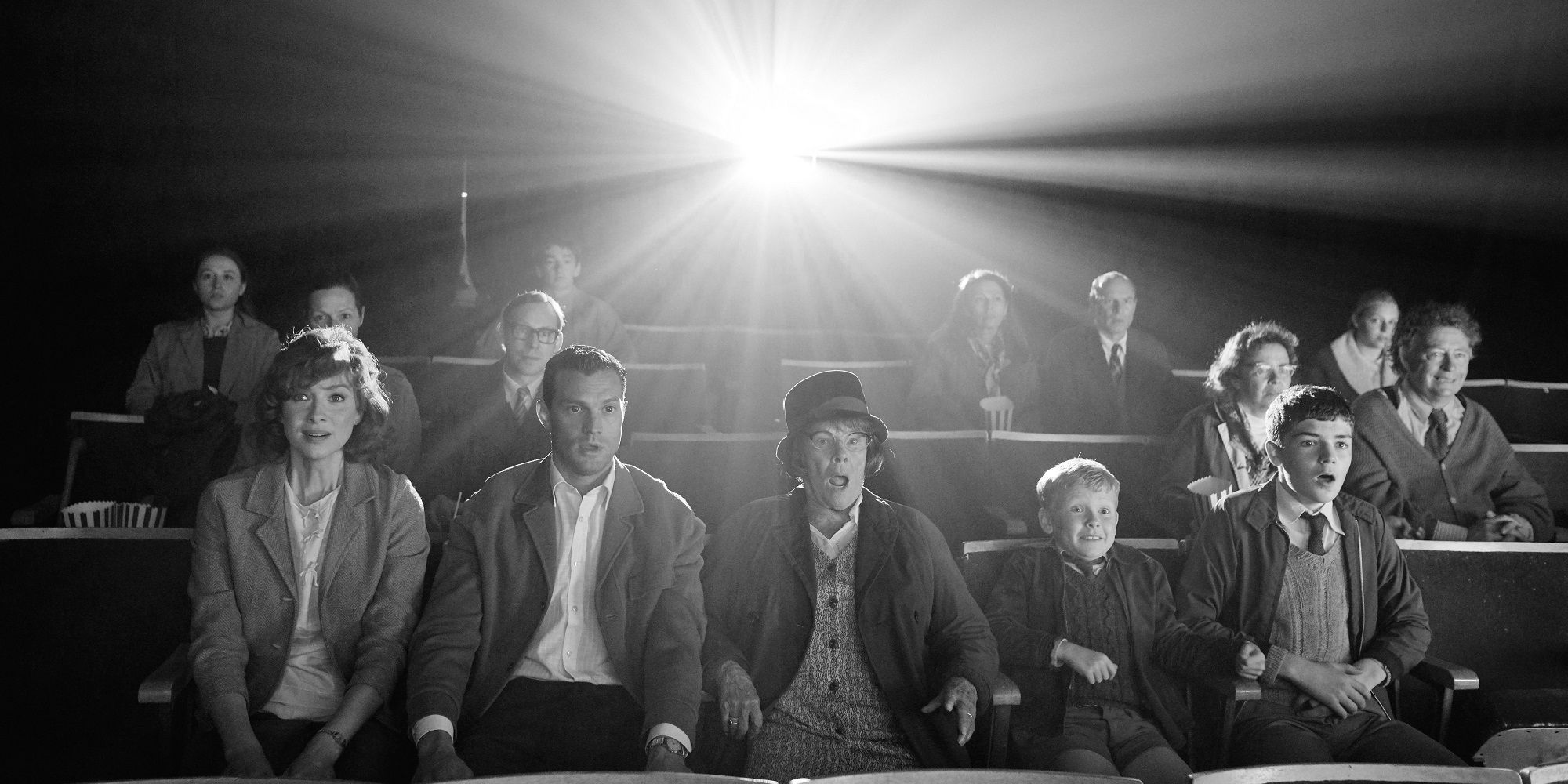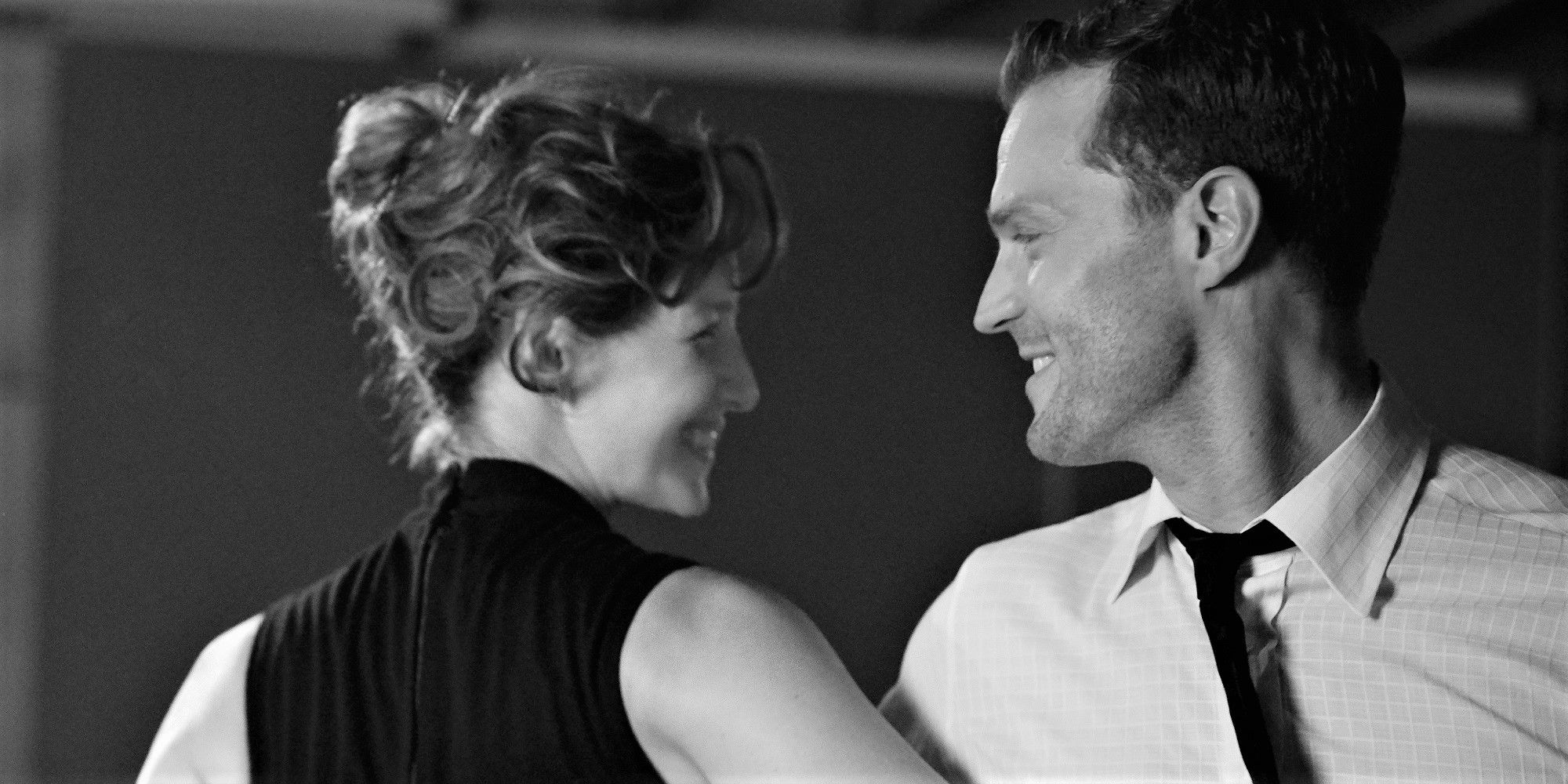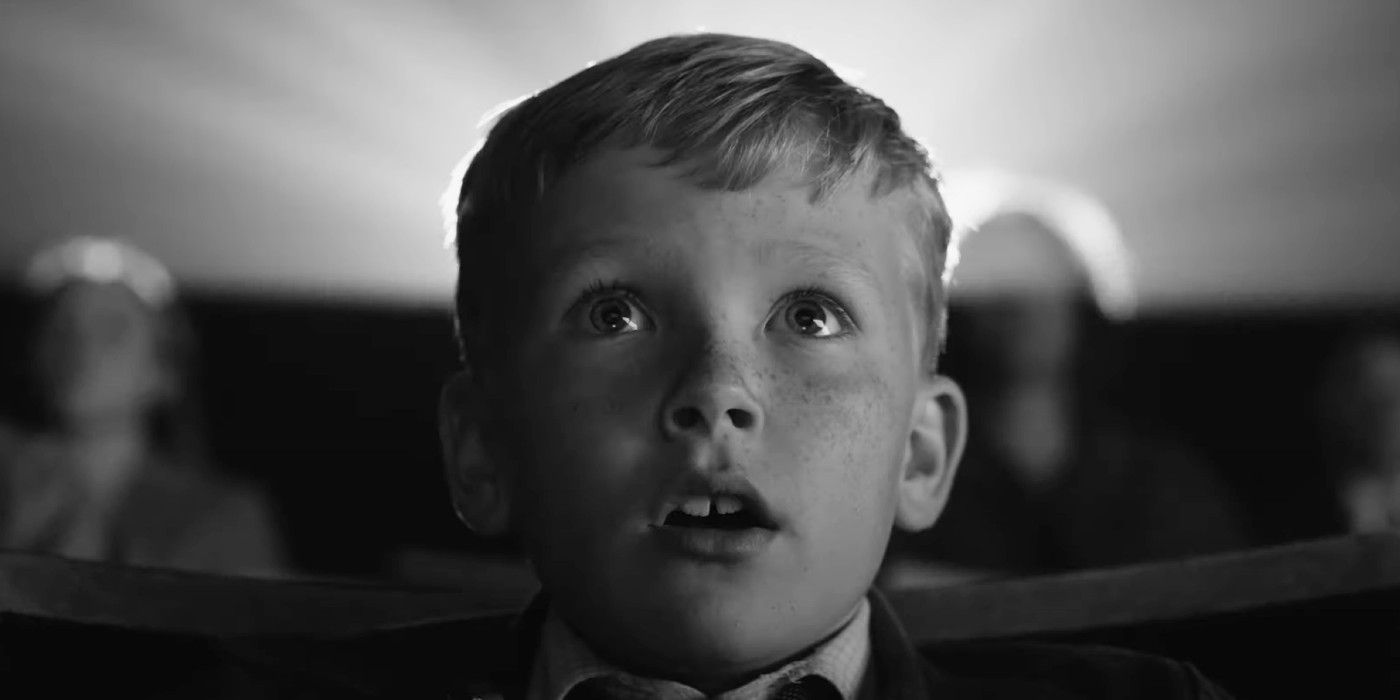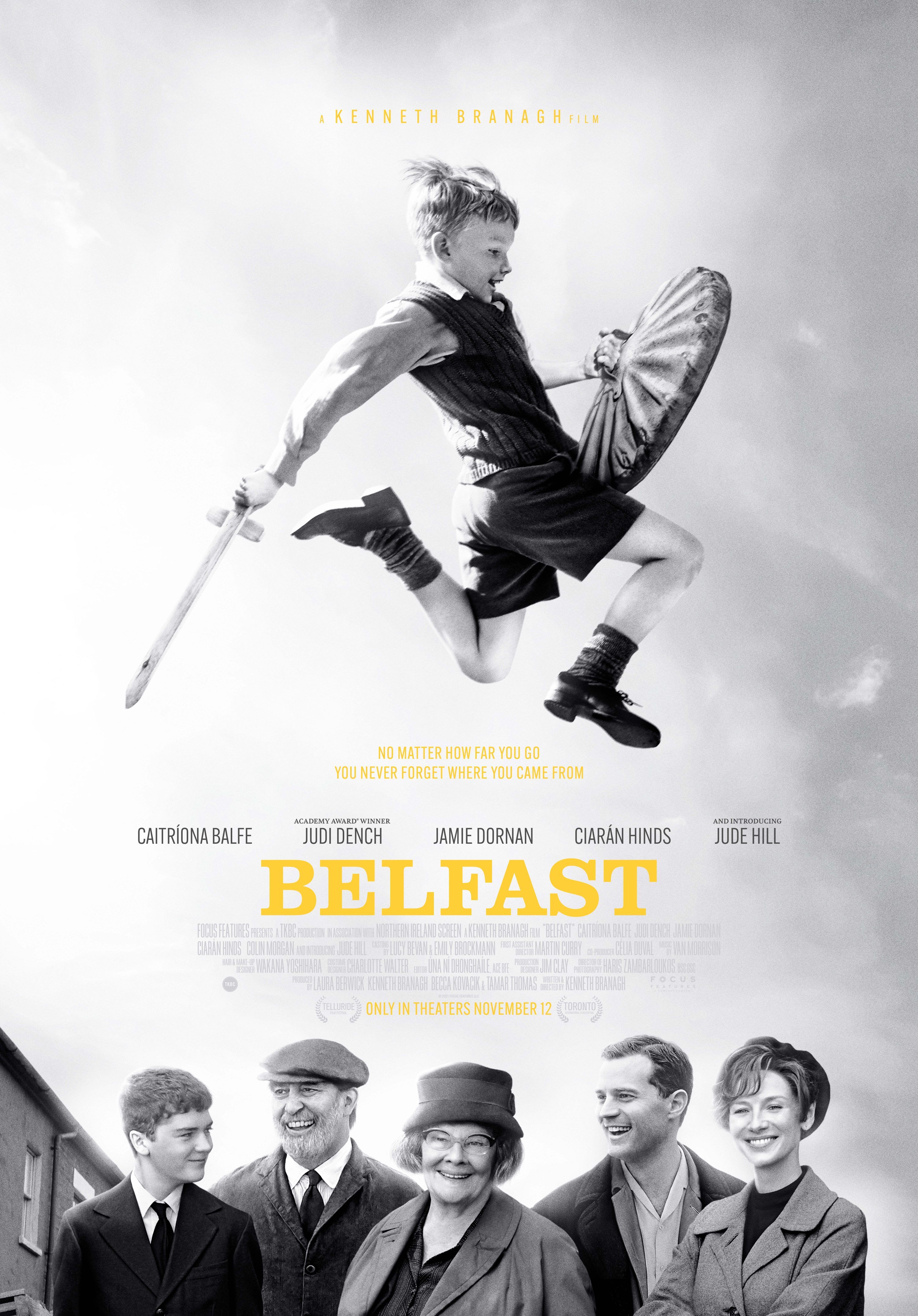Warning: This post contains major spoilers for Belfast.
Belfast ending and real meaning explained. Kenneth Branagh wrote the film during the COVID-19 pandemic lockdown at the start of 2020 and directed it later that same year. Branagh has had a long and storied career as an actor and director, having helmed films such as Hamlet, Thor and the live-action Cinderella. However, Belfast is his most personal film to date.
Set in the eponymous Northern Ireland city in 1969, the story follows Buddy (Jude Hill), a nine-year-old who is loved and protected by his close-knit community and family — mother (Caitríona Balfe), father (Jamie Dornan), brother Will (Lewis McAskie), and paternal grandparents (Judi Dench and Ciarán Hinds). One day, however, everything changes for Buddy and his family when a group of Protestants targets the Catholics in the neighborhood, attacking their homes and scaring them in a bid to leave the community. Thus begins the conflict referred to as The Troubles, with Buddy’s family forced to decide whether they should stay in Belfast, their ancestral home, or move to England where Buddy’s father works for their safety.
Branagh wrote the story over the course of eight weeks before assembling a cast and crew to film in September 2020. The film sees Buddy and his family leaving their beloved Belfast behind after a string of events and uncertainty pushed the young boy’s parents to make a difficult choice. Belfast has many layers, including several pop culture references — here is what inspired the film and the real meaning behind the story explained.
Belfast Is Inspired By Kenneth Branagh’s Childhood
Branagh draws upon his own memories of his childhood living in the Northern Ireland city. While the film’s characters are fictional, Buddy is indeed based on the writer-director’s nine-year-old self and the events that happened in his community that would change the course of his life forever. It’s essentially a coming-of-age story told from the distinct perspective of Buddy, who experiences what it’s like to live through a scary time period in Belfast’s history, while also feeling the love and warmth of the community he grew up in. Branagh wanted to capture the shifting time because of how much it impacted his and his family’s life afterward, relying on the feelings he had during that tumultuous time that was also so full of happiness and love.
Before The Troubles, Buddy was just an average kid who was surrounded by family and who enjoyed playing outside with his friends and cousins. Everything changed after that and the nature of the events in Belfast are what stuck with Branagh for decades after. Writing and directing Belfast was likely cathartic. Leaving Belfast behind changed Branagh’s life, with him and his family becoming a lot more guarded and withdrawn than he was in his early years. The writer-director brings that sense of joy back through a child’s eyes as he experiences traumatic events. To that end, the personal aspect of the film evokes more emotion and lends weight to the events in Buddy’s life in ways that would have likely not been the case had Branagh not used his own history to inform Belfast.
The Troubles Irish History & True Story Explained
As with any conflict, there is a time before the outbreak of violence, where tension mounts before it essentially explodes. Such was the case with The Troubles. The conflict was ethno-nationalist in nature, derived from the British Protestants’ colonization of Ireland in the early 17th century — namely, in the Ulster region where the Protestant population grew to become more than the native Irish in the area. The Troubles began in Northern Ireland in 1968 and stemmed from the Protestant unionists wanting to remain a part of the United Kingdom.
Meanwhile, the Roman Catholic nationalists wanted Northern Ireland, which was created in 1921, to leave the UK in a bid to rejoin the Republic of Ireland. The Troubles lasted for 30 years, ending in 1998. During that time, over 3,000 people were killed and over 30,000 injured in various fights, bombings, and, as depicted in Belfast, general attacks and roadblocks. After decades of conflict, a power-sharing agreement was reached between the UK and Republic of Ireland governments in which representatives from both parties — unionists and nationalists alike — had to be a part of the decision-making.
Every TV Show & Movie Shown In Belfast & Why They’re Used
At home, Buddy and his family tuned in to watch the original Star Trek. Buddy was also a huge fan of the moving pictures and he went to the theater to see One Million Years BC starring Raquel Welch, famous Westerns High Noon and The Man Who Shot Liberty Valance, and the musical fantasy Chitty Chitty Bang Bang are all included. The films are used to set the scene and showcase some authenticity, with Branagh including several TV series and films that were playing (and popular) in 1969 Belfast. The distinct choice to use High Noon and The Man Who Shot Liberty Valance, in particular, is apt considering Belfast had its own heated showdown between Buddy’s father and Billy, a leader of the local unionist group instigating the conflict against the neighborhood’s Catholic community.
The Westerns shown in the film are meant to draw parallels to the conflict present in the story and to amplify the tension and weighted drama that thickens the plot throughout. The rest of the films and TV shows employed in Belfast are simply there to offer a slice of life feeling for viewers, to show the daily lives of the characters. Such as in reality, The Troubles weren’t the only thing that was happening in the family’s lives. Buddy was still attending school and going to the movies, and a day spent seeing the likes of Chitty Chitty Bang Bang is meant to bring a sense of balance and to convey the nature of real-life activities despite the permeating conflict.
Why Parts Of Belfast Are In Color Instead Of Black & White
Branagh and cinematographer Haris Zambarloukos brought Belfast to life in a black and white aesthetic. However, there are aspects of the film that are in color, including the beginning and end — which are largely aerial shots of Belfast as it is in the present — and the films Buddy’s family watches in theaters. Because Belfast plays like tendrils pulled from memory, the black and white cinematography works to convey that very aspect. It was also used to create a sense of unguarded intimacy for the characters. Choosing certain scenes to be in color is meant to work as a contrast to the memory and intimate filter.
It’s also a reminder that the main events of Belfast are being seen through the lens of Buddy. In this instance, the color is more aligned with the present, such as the shots of the titular city showcasing how it’s still standing and what the neighborhood looks like now versus in the past. With regards to the films and TV shows remaining in color, that is also a play on the memory aspect, whereby these forms of entertainment served as a fantastical escape from the world in which Buddy lived, appearing in color to distinguish the reality of his family’s life with that of the made-up world of motion pictures.
The Real Meaning Of Belfast’s Ending
Belfast sees Buddy’s parents firmly deciding to leave their home behind for a better and safer life in England, away from the conflict affecting their daily lives. In many ways, Belfast is a love letter to Branagh’s past and the way in which it shaped him. It speaks to how someone’s roots never disappear even if they move away from the only home they’ve ever known. The film is specific to Branagh’s childhood experience, but it’s universal in its themes that touch upon fear of change, economical stability elsewhere that aids in the decision to leave, and the deep sense of community migrants so often leave behind in search of a more stable life. It also explores identity and how, despite everything, parts of that are fractured after leaving to fit in, while the heart and essence of Buddy's identity remains as a child of the Irish city.
Belfast touches upon all of these things, highlighting how memory can heighten the simultaneous joy and horror of living through such a tumultuous time. Through the eyes of a child who doesn’t fully understand what’s going on around him, Belfast’s ending, while a necessary change for Buddy and his family, speaks to how difficult something so life-altering can be and how it can affect the entire course of someone’s life. As Buddy's family leaves Belfast for the airport, there's a heaviness to their expressions as they grapple with all they're leaving behind, the weight of their decision, and the sadness of extricating themselves from their home. The film ultimately speaks to the power of community and the hardships and joy that is held within the people of Belfast.

